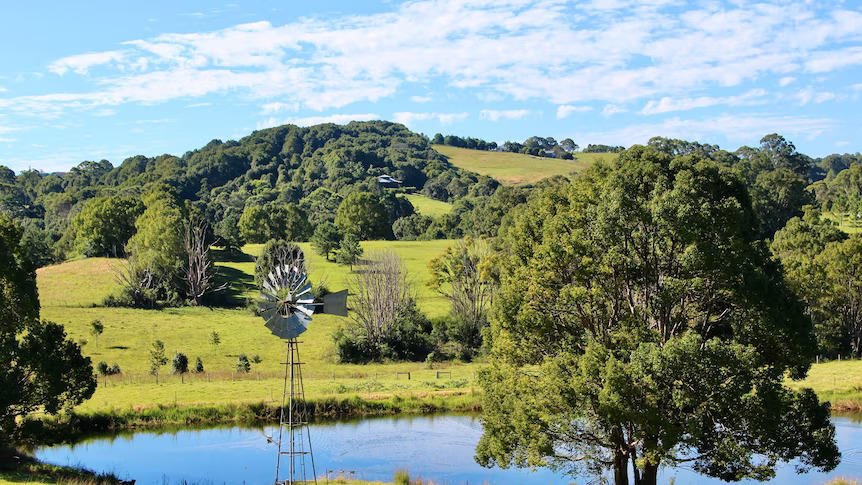Original publication Francesco Basseti for japantimes.co.jp on 6 March 2023
From small orchards to high-tech vertical farming, producing food in urban areas could help address key social and environmental issues
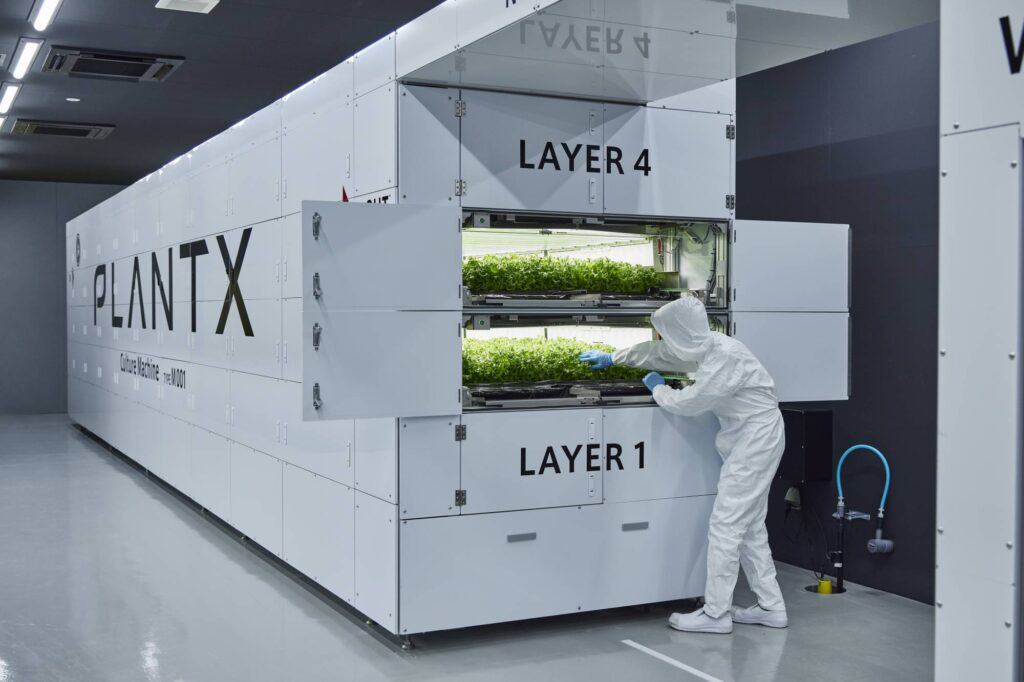
COURTESY OF PLANTX
Urban farming can conjure up images of small plots of land in the midst of concrete jungles — oases where city-dwellers can come together, forge bonds with neighbors and reconnect with nature.
Yet, urban farming is an opportunity to bring large-scale food production into cities, taking advantage of new technologies and innovation to address issues of sustainability and resilience in the food system that are being exacerbated by climate change and political instability.
“Growing food in urban areas gives people the opportunity to transform their relationship with consumption by becoming producers themselves,” says Kai Sawyer, founder of Tokyo Urban Permaculture, a project he started in 2011 with the mission of promoting a holistic approach to land management and settlement design.
Through grassroots initiatives, including acts of guerrilla gardening that involve growing food and plants on someone else’s land, Sawyer has gradually built a movement that focuses on taking care of people and the environment.
Some of his most well-known projects include community gardens where people come together and learn to grow food in urban settings, an international school for sustainable living — the Peace and Permaculture Dojo — in the city of Isumi, Chiba Prefecture, and a crowdsourced and crowdfunded book on how to practice urban permaculture, which he describes as “the ethics of earth care, people care and fair share.”
Food is the nexus between basic human needs and the planet, and cities are a crucial area since they’re home to the majority of the world’s population and have the largest impact on the environment.
“It’s not like raising a tomato or some lettuce in the center of a city is going to save the planet,” says Sara Roversi, president of the Future Food Institute, an international organization based in Italy, Japan and the United States that is working to build bridges between countries and bring more sustainable practices to the food industry through education and innovation. “With urban farming, people are re-learning the value of living things and to respect what they’re eating.”

COURTESY OF THE UNIVERSITY OF CREATIVITY
Roversi, who has collaborated with FarmTech Society ASBL, a nonprofit industry association that unites and promotes companies developing technologies for indoor growing, also believes that some form of industrial-scale urban farming can be beneficial.
“If balanced with other practices… urban farming can become part of the solution to growing large amounts of food locally, lowering emissions and reducing the amount of toxic substances released into the environment,” she says.
It is not only grassroots activists and private entities that recognize the need to protect and promote urban farming, the government is also keen on planting seeds.
In 2018, the Ministry of Agriculture, Fisheries and Forestry promoted a law that facilitated the leasing of urban agricultural land. It is also planning new measures for 2023 that will further streamline the creation of new urban farmland.
However, legislation and incentives that preserve and promote urban farming in Japan are still in an early stage of development and most new urban farming initiatives are driven by proactive farmers, urban communities and the private sector.
Close proximity to cities
Two out of every three people on the planet are expected to live in cities by 2050 and, in Japan, approximately 91% of the population already does so. This has led urban planners and communities to look to urban green spaces as part of the solution to the social and environmental challenges that go hand in hand with urbanization.
“Urban green spaces will increasingly become the only easily accessible nature for future generations in cities,” says Juan Pastor-Ivars, an expert in urban ecosystem development at the United Nations University Institute for the Advanced Study of Sustainability in Kanazawa, Ishikawa Prefecture. “If designed properly, such spaces can boost local wellbeing, increase biodiversity and reduce the ecological footprint of cities by providing vital services such as heat-island control, carbon sequestration and water management.”
Pastor-Ivars also explains that although there are many different types of urban green spaces, farms in cities may hold the key to sustainable greening due to their ability to bring communities together whilst requiring low maintenance (compared to traditional Japanese gardens for example), and at the same time educate people on environmental issues connected to food production and consumption.
However, recent studies by the agriculture ministry and Tokyo Metropolitan Government indicate that urban farming is on the decline in the capital and the rest of the country, mainly due to an aging population and the conversion of urban and periurban farmlands into residential areas.
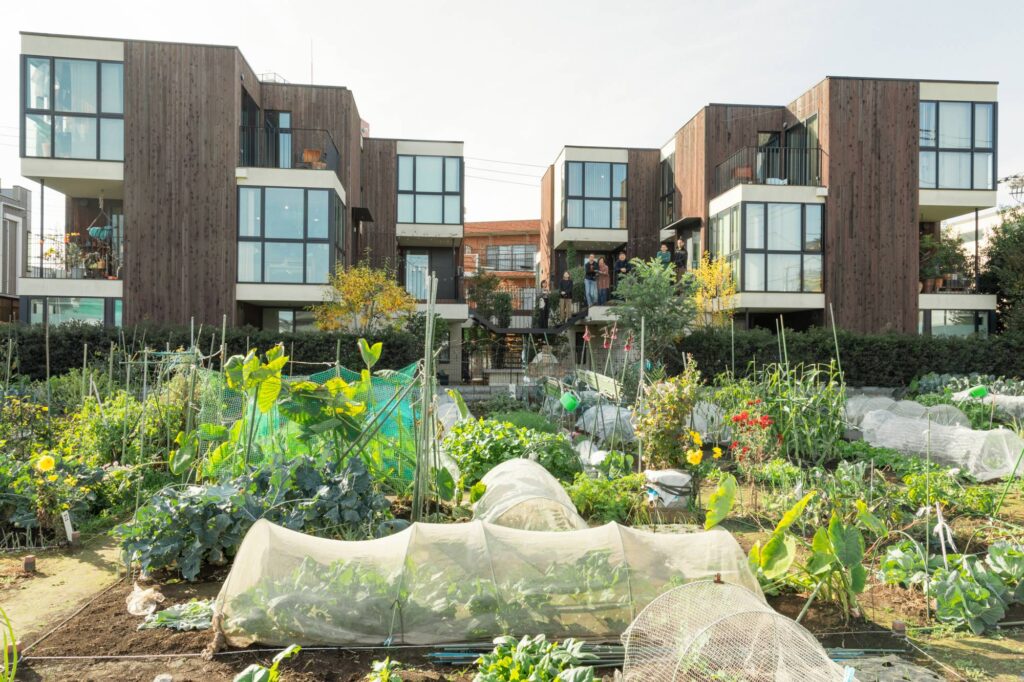
FRANCESCO BASSETTI
Municipalities across Japan are only just starting to develop systematic measures for conserving and utilizing farmland when it comes to urban planning and national laws such as the Urban Green Space Protection law, adopted in 2004, which also includes provisions on urban farmland, have thus far not done enough to reverse the downward trend.
“Although more recent initiatives such as the 2016 Basic Plan for the Promotion of Urban Agriculture signaled a major shift in approach, whereby urban agricultural land went from being something that should be converted to residential land to something that has an important place and role in cities, we’re still seeing a downward trend in overall urban farmland,” an official from the agriculture ministry says.
Pastor-Ivars believes that there is a need for new regulations that make it easier for communities to preserve existing urban green spaces and, at the same time, transform abandoned houses and empty plots of land into green spaces.
“The prevalence of abandoned houses and land in many Japanese cities is increasingly becoming an issue and it’s only going to get worse with a rapidly aging population,” he says. “Urban farming can provide a long-term and beneficial solution to this.”
Fertile ground
Although Tokyo is no exception to this trend, with agricultural output having decreased by approximately 17% compared to a decade ago, “Tokyo residents are increasingly getting involved in farming as volunteers or as a hobby,” says Tomotoshi Nose, director of the Tokyo Metropolitan Government’s agriculture, forestry and fishery division.
Urban farmers in Tokyo are taking the lead in developing distinctive farming techniques that are unique to the city, including innovative communal farms that produce small-quantity, multiproduct items that sell produce directly to consumers.
“We’re trying to support these kinds of initiatives by developing certification systems to promote environmentally friendly agriculture and local production for local consumption,” Nose says.
This signals an important shift for the residents of Tokyo, one of the most densely populated metropolitan areas in the world.
“For my parents’ generation, urban farms weren’t seen as something desirable,” says Hidenori Kondo, director of the University of Creativity, where he established Tokyo Urban Farming, an initiative that seeks to promote urban farming and sustainable lifestyles throughout the capital.
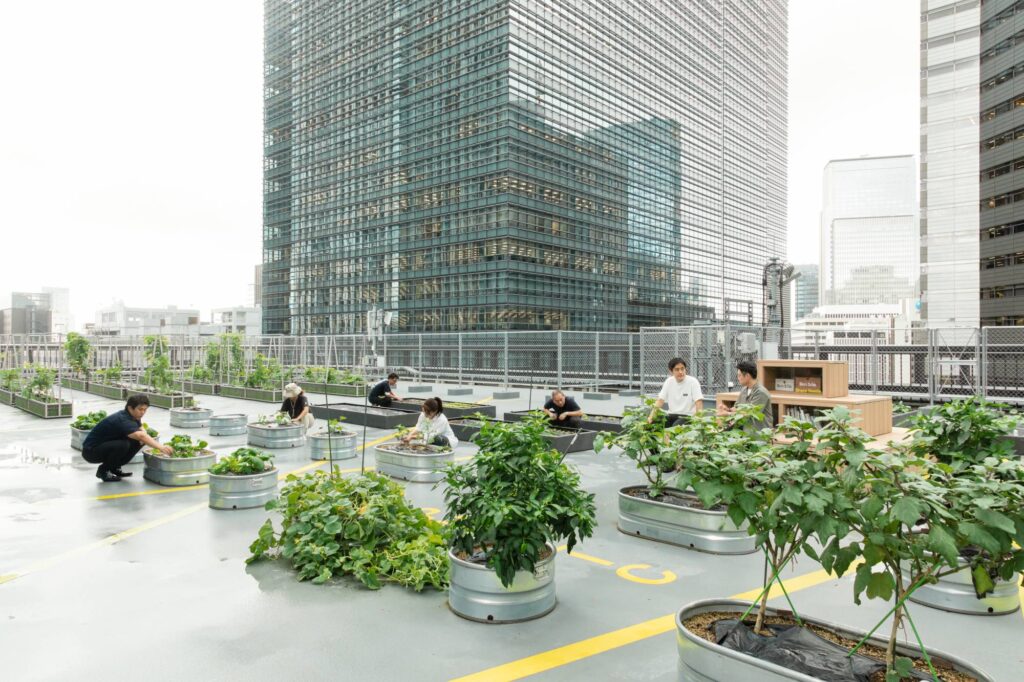
COURTESY OF THE UNIVERSITY OF CREATIVITY
Some of the organization’s recent projects include nurturing connections with major public and private sector players, including Japan Rail and the organizers of the Tokyo Art Biennale, for the development of innovative urban farms throughout Tokyo.
“Urban farming can help fundamentally shift public perceptions on the role of nature, strengthen community bonds, and increase human and planetary wellbeing,” Kondo says. “The key is to provide positive examples that can be easily replicated across the country.”
Kondo has been actively involved in this task through the creation of a book about urban farming — due to be published in May — that will include 12 community farms throughout Tokyo’s 23 wards, showcasing diverse collaborations between citizens, government, businesses and educational institutions.
Among the examples are also urban farms that use new technology such as the Internet of Things and artificial intelligence to increase agricultural yields and facilitate community participation by connecting people. It’s an effort that is also being promoted by the metropolitan government through the development and diffusion of smart farming technology employed throughout the capital.
Vertical approach
The role of technology in urban farming is also moving the industry away from traditional soil-based methods of food production and opening the door to urban farming on a commercial scale through indoor vertical farming.
The practice, which involves growing plants in stacked layers and closed environments using artificial lighting and no soil, has seen a staggering growth, with recent research indicating that the vertical farming market reached $8.5 billion globally in 2022. The sector is forecast to grow to be worth about $20 billion by 2026.
In 2022, 20 of the foremost players in the vertical farming space came together to sign an industry manifesto that seeks to “transform food systems for the benefit of people and the planet, and contribute a solution to the deepening environmental crisis exacerbated by traditional agriculture.”

FRANCESCO BASSETTI
A case in point, Masahito Takeyama, general manager at PlantX, explains that this type of urban farming contributes to a sustainable society by reducing the carbon footprint associated with transportation, and drastically reducing the use of finite resources, such as water and nutrients, compared to conventional agriculture.
“Our production facility in Tokyo sells products directly to a neighboring supermarket, and we developed another commercial plant near Tokyo last year, which sells products in more than 200 supermarkets,” Takeyama says.
Although most vertical farming currently focuses on producing a limited number of herbs, leafy greens and salad vegetables due to profitability margins and difficulties growing other crops in controlled environments, Berlin-based startup InFarm recently managed to grow wheat in an indoor farm without using soil.
The potential for growing calorie crops — such as maize, rice and wheat which together provide just over 50% of the world’s plant derived food energy — in vertical farms has huge implications for our ability to feed the planet’s growing population.
“As the global population continues to rise and climate and political instability persist, we need to find ways to create more resilient food systems,” says Edeltraud Guenther, a professor at the United Nations University Institute for Integrated Management of Material Fluxes and Resources in Dresden, Germany.
Guenther’s institute has been studying the role of high-tech innovation in farming for more than a decade, and she sees huge potential for vertical farming to provide a sustainable solution to food security, particularly in places that are water-scarce and energy-rich or places that do not have much available farmland.
“Food security is about both producing sufficient food but also food that isn’t polluted,” Guenther says. “With vertical farming, you’re growing food in a controlled environment, which means that you’re not exposed to external stresses such as droughts or floods and you know exactly what is in the end product.”

FRANCESCO BASSETTI
However, intensive indoor agriculture has thus far suffered from significant growing pains.
“One of the most important challenges is the utilization of electricity in a more sustainable way,” says Takeyama, who is working with PlantX to optimize the use of electricity by, for example, increasing production efficiency.
Yet some companies have not been able to cope with spiraling energy costs, particularly since Russia’s invasion of Ukraine. InFarm, one of the largest in the sector, announced in November that it would be laying off around 500 people and ceasing operations in the United Kingdom, France, the Netherlands and Japan due to “escalating energy prices, supply chain disruptions and rising material costs.”
Guenther, however, remains hopeful.
“With emerging technologies and innovation, initial costs are often high, but 30 years from now vertical farming will be more competitive,” she says.
Guenther believes that governments around the world should create a political and regulatory environment that will facilitate faster innovation in the sector.
To some, however, whether vertical farming can overcome its growing pains is besides the point.
“Producing food in urban areas doesn’t automatically translate to a connection with nature and a holistic approach to land management, which is the central point of urban farming in the first place,” Sawyer says.
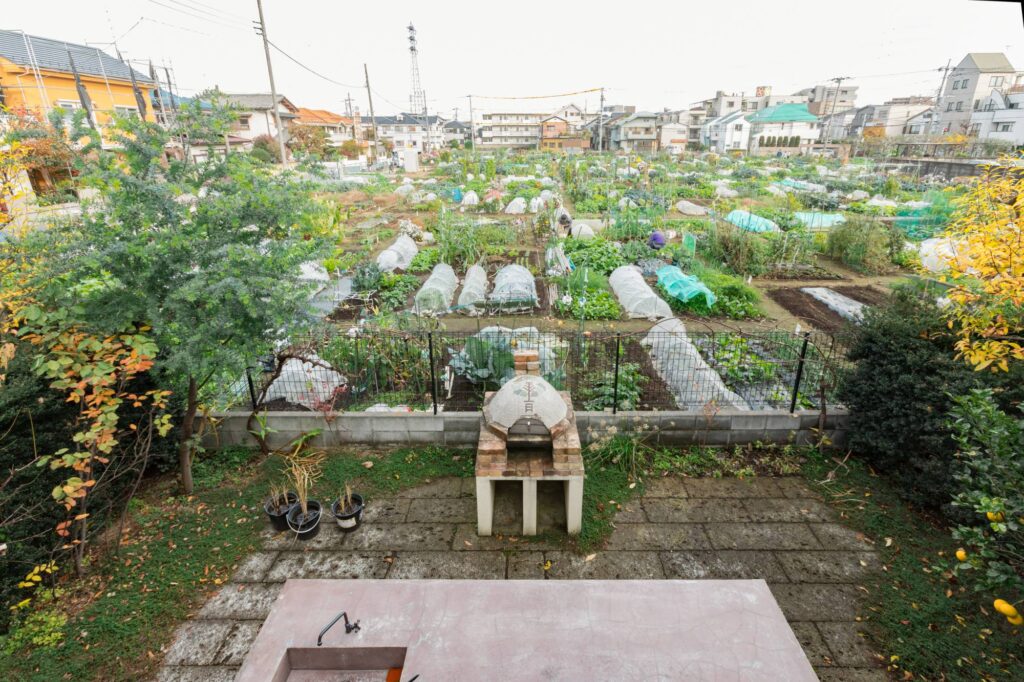
COURTESY OF THE UNIVERSITY OF CREATIVITY


